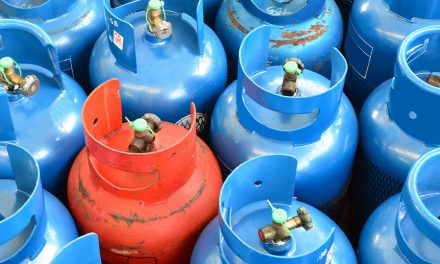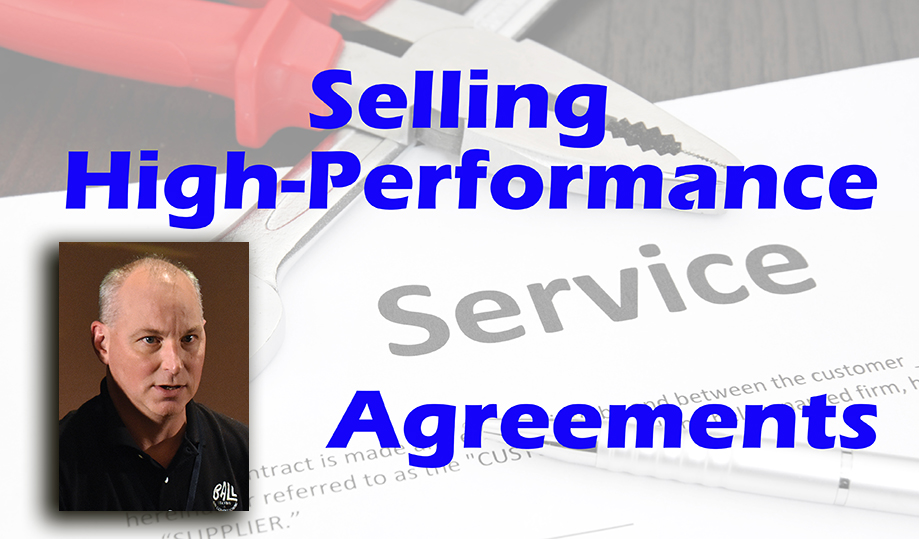
Rob Falke is the president of National Comfort Institute, Inc.
For nearly two decades the NCI slogan, ‘If you don’t measure you’re just guessing,’ has encouraged the HVAC industry to measure and not guess HVAC system performance. Once you know how to test, calculate, and quantify performance, you realize everyone else in the industry is just guessing as they promise comfort and efficiency. Let’s take a look at the difference between measuring HVAC system performance and guessing at it.
Since the focus of our industry shifted in the 1970’s from providing comfort to offering efficiency, everyone assumes installed efficiency is equal to the rated efficiency of the equipment. If the yellow sticker decrees 95% AFUE or 20 SEER, the typical HVAC salesperson offers customers a 95% or 20 SEER efficient system.
The customer assumes they got what you sold them. That is, until the first scorching hot or freezing cold day arrives, and the new equipment cannot perform as promised. Then the first utility bill arrives, the customer’s proof of efficiency, and the guessing game is over ‘ they know they didn’t get what they paid for. Everyone up and down the chain loses when this happens.
HVAC System Performance
HVAC equipment rated efficiency is a number measured in a laboratory under tightly specified conditions. It is a valuable number that is carefully and scientifically documented. It expresses the maximum potential efficiency of the equipment.
However, in no way does this number guarantee or insinuate system efficiency in the field when conditions change. Once installed and connected to up to five other mechanical systems to become part of a heating and cooling system, all bets are off.
Ideally, the moment you install equipment, you should remove the yellow efficiency rating sticker. You should apply a new sticker’ stating the measured and verified efficiency of the entire installed heating or cooling system.
Rarely, if ever, does potential equipment efficiency equal the installed system efficiency.
The typical installed HVAC system’s efficiency is 40% to 50% less than the rated equipment efficiency. This is no longer an opinion of NCI, but a well-researched and documented fact. Imagine your response to such news about the HVAC system in your home or office?
HVAC System Efficiency Defined
 The Western HVAC Performance Alliance defines an efficient heating or cooling system by the amount of heating or cooling measured from the system into the building.
The Western HVAC Performance Alliance defines an efficient heating or cooling system by the amount of heating or cooling measured from the system into the building.
What really matters is the amount of heating or cooling that makes it into the building. If the equipment is rated to deliver 100,000 Btuh of heating and only 50,000 Btuh makes it into the building, the system is operating at only 50% of equipment rated capacity and efficiency.
While this is a new method of viewing HVAC efficiency, it makes perfect sense to nearly every consumer considering buying, replacing, or upgrading their HVAC system. This is the primary reason an NCI professional has such an advantage over competitors.
This definition of system efficiency totally eclipses the old rating methods, because it measures the efficiency deterioration imposed on the equipment by its installation into a building. Appropriately,’ measure, calculate, and publish a’ new installed system efficiency. That way, all parties influenced by the job know for sure and the efficiency guessing game is over.
Is the NCI Slogan Making More Sense Now?
Trained and certified NCI professionals can design, install, test, and adjust systems to perform the closest to equipment rated efficiency. Once their systems are installed, they measure and publish this new efficiency score to document installed system performance. Meanwhile, others only guess, imply, assume, and insinuate the efficiency of their systems. Who do you think will win this race to the top?
With this new definition of heating and cooling system efficiency in mind, go online and study the manufacturers’ and other contractors’ websites. Notice their claims of comfort and efficiency assume equipment rated efficiency equals the installed efficiency of the HVAC system. You will see most are guessing.
How to Measure System Performance
NCI has developed, taught, and supported a test method to score HVAC system performance since 2001. NCI’s basic HVAC system scoring method is being shared with the industry through the development of a proposed ASHRAE standard that should be available for public review soon.
The basic test and calculation scoring method takes less than an hour to complete on most systems. Training, certification, test instruments, and software are available to support this measurement and scoring method. Here are the basic steps to determine the score of an installed residential or basic commercial HVAC system.
- Gather the equipment nameplate information and specifications. From this data, determine the equipment’s rated heating or cooling capacity under current operating conditions.
- Measure system airflow into the building. Do this by measuring airflow at each supply register. Then add each of the readings together.
This definition of system efficiency totally eclipses the old rating methods, because it measures the efficiency deterioration imposed on the equipment by its installation into a building.
- Measure and average the air temperature leaving each supply register and entering each return grille.
- Calculate the amount of heating or cooling entering the building. To do this, multiply the airflow (cfm) entering the building by the average air temperature difference between the supply registers and return grilles by the appropriate Btu multiplier. The answer is the heating or cooling Btu entering the building from the system.
- To score system performance, divide delivered Btu of the system by the rated Btu of the equipment.
If You Don’t Measure, You’re Just Guessing
This number is published as the system’s installed performance score. ‘What score would your installed systems earn? This score can be measured before and after you make improvements to the system to document the increase in system efficiency. What would a 40% increase in efficiency be worth?
If you do measure, you can know for sure and use this new-found information to improve the performance of the HVAC systems you design, sell, build, and maintain.
We invite you to learn about and apply the principles of HVAC system measurement. You will then begin to discover system defects you overlooked throughout your career. You’ll also begin to see the possibilities of significantly improved system efficiency, comfort, and performance in your career.













Recent Comments